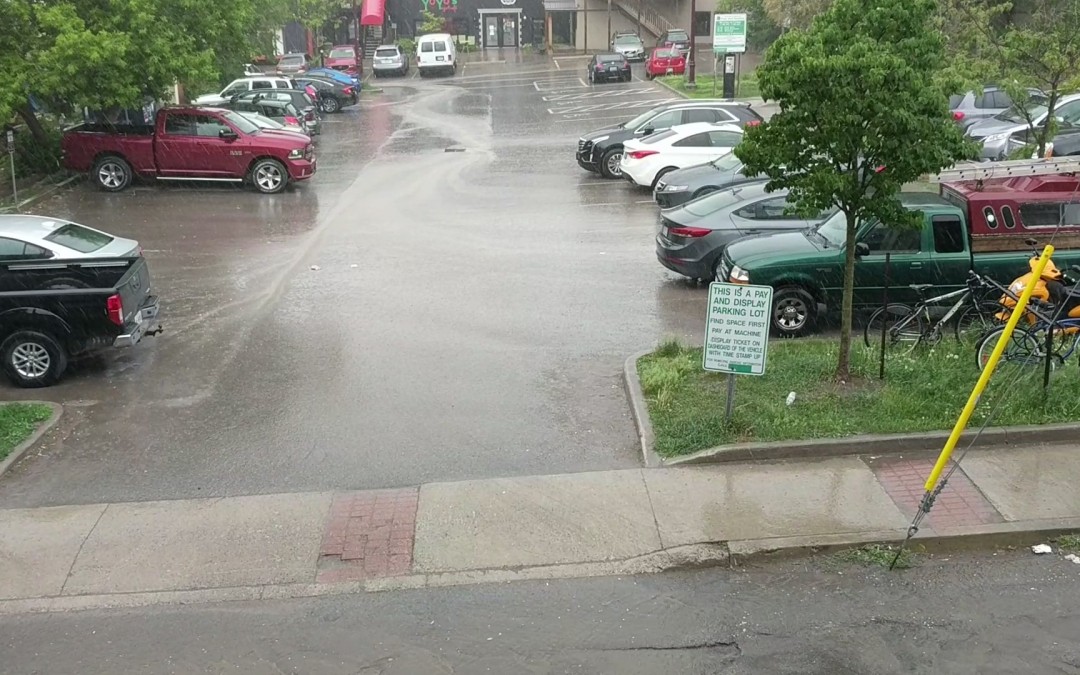In a recent article in the Financial Post, Terrance Corcoran claims that discussion of increased flood risk is part of a hoax perpetuated by the insurance industry to line their pockets. He argues that, together with NGOs, insurers are nefariously promoting green infrastructure solutions to manage rainwater, which are universally dismissed by engineers.
Read the full article: Why insurers keep hyping ‘climate risks’ that don’t materialize, Financial Post, 17 Oct 2018.
Here is our response.
You’d be hard pressed to find a municipal engineer who doesn’t believe there are areas of their city at increased risk for flooding – and the evidence from neighbourhoods from across the country that have been hit in the last several years is hard to refute. It is true climate change is not the only, or in many cases the primary, factor affecting risk: it’s the fact that older areas of all of our cities and towns were not designed to control flooding. Even with no increase in extreme weather events, millions of homes and businesses are at risk.
There are many reasons why the old approach to managing stormwater (channel it away as quickly as possible) is causing problems – flooding, erosion, degraded water quality, and reduced groundwater recharge. Managing rain where it falls with green infrastructure, treating rain as a resource instead of a waste product, is a way of addressing all these issues. It is being used with success in cities like Vancouver, Thunder Bay and Mississauga – with the support of progressive engineers.
It is true that this approach will not solve all flooding problems. Upgrading traditional grey infrastructure (pipes, holding tanks and ponds, etc) as well as property-level measures like backwater valves and sump pumps will still be needed.
How convenient it would be if this whole thing were just invented by the insurance industry to drum up business. In that case, we could just ignore it. The reality is that massive investment in stormwater infrastructure is needed in order to protect our communities from flooding – and to keep our rivers and lakes swimmable, drinkable and fishable. Green infrastructure investments have the advantage of also helping to make our cities more liveable: reducing the urban heat island effect, beautifying neighbourhoods, creating habitat, increasing property values, and making streets more walkable.
By Clara Blakelock, Green Communities Canada
This article was published in the Umbrella Stormwater Bulletin issue 71.

